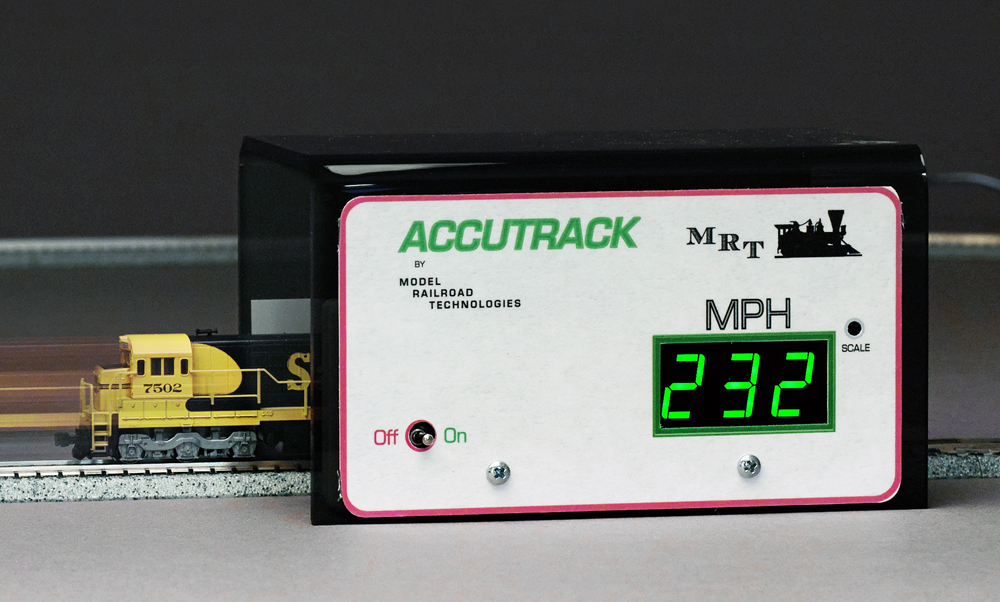
Q: In Model Railroader product reviews, locomotive speed is often measured and compared with the prototype. I was wondering how this is done so I can run my trains at prototypical speeds. — George Smitton
A: When we test locomotives at the workbench, we use the Model Railroad Technologies Accutrak II train speedometer for measuring locomotive speed. An earlier variation of the speedometer is shown in the image above. Unfortunately, the speedometers are no longer available. Train Control Systems currently offers two different model railroad speedometers.
Before testing, we set our NCE Power Cab throttle to 28 speed steps. Then we run the locomotive at step 1 (or 2 if it doesn’t run smooth at step 1) and step 28 on a straight and level test track.
Measuring the model locomotive speed is only part of the equation, though. Next, we need to compare that number to the prototype. Our go-to references for that information are the Locomotive Cyclopedia of American Practice and the Car and Locomotive Cyclopedia of American Practices, both from Simmons-Boardman Publishing Corp. Many of the locomotives in these references have a chart of general characteristics, which often includes the maximum speed. Sometimes there is only one top speed. Other times there are multiple, depending on the gear ratio. For example, the full-size General Electric U23B was offered with different gearing. The top speeds were 70, 75, or 79 mph.
If we can’t find the top speed in those two references, we turn to manufacturer and railroad publications that we have in our David P. Morgan Library collection. This can be as simple as a two-sided sheet with a photo or two of the locomotive and its operating characteristics, similar to something you might get at an industry trade show. We also have specification booklets and operating manuals for individual locomotives from various manufacturers. Obviously much of the information in these references is about how to run and maintain full-size locomotives. However, the maximum speed information and elevation drawings are helpful when writing reviews.
Send us your questions
Have a question about model trains, full-size trains, or toy trains? Send it to AskTrains@Trains.com.





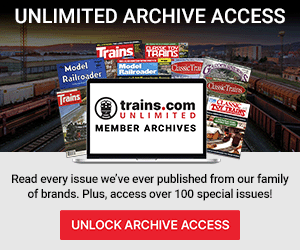
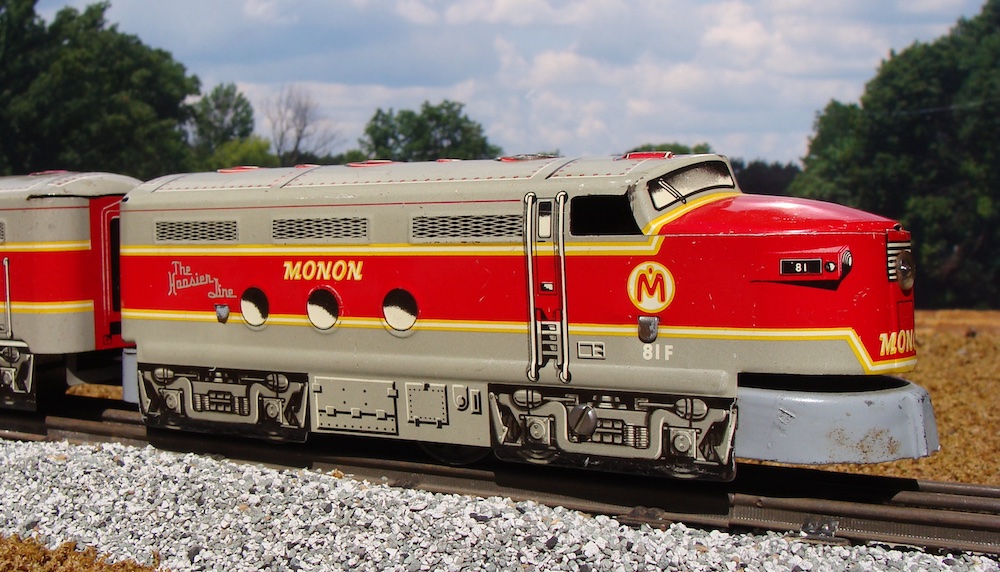
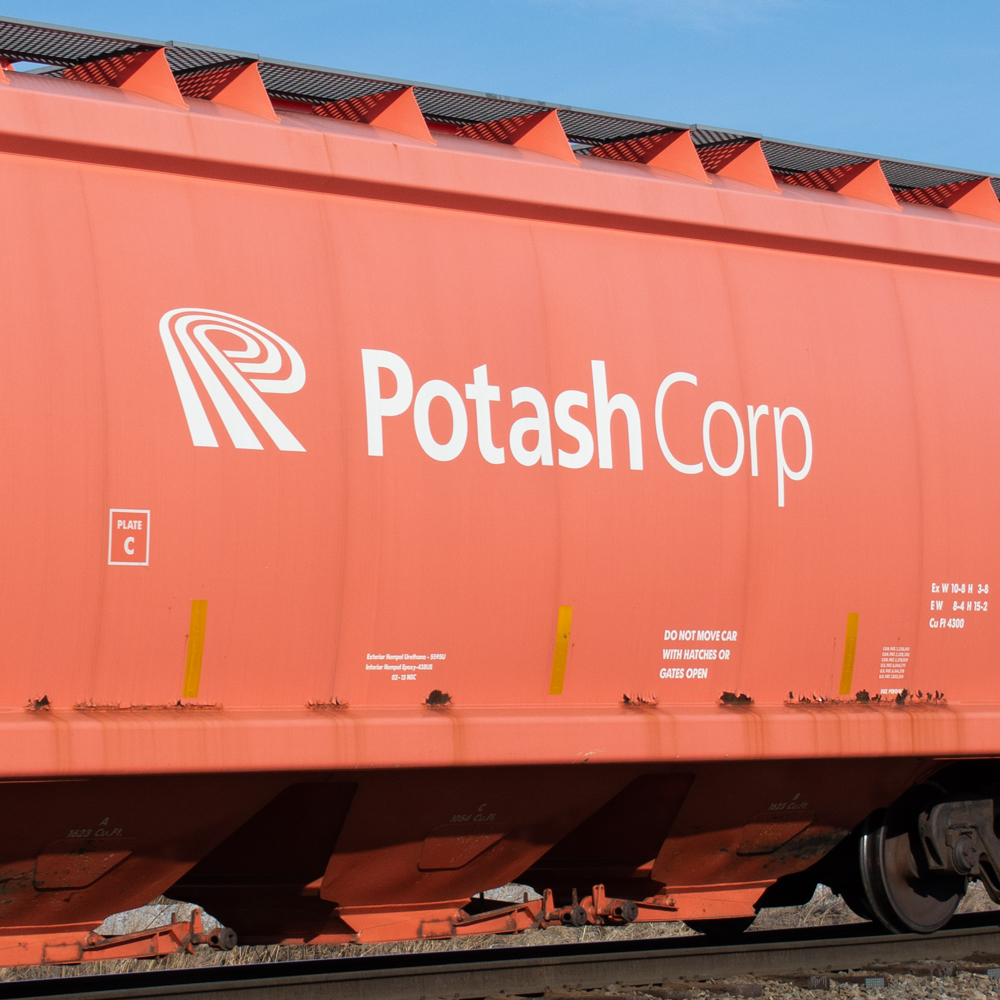
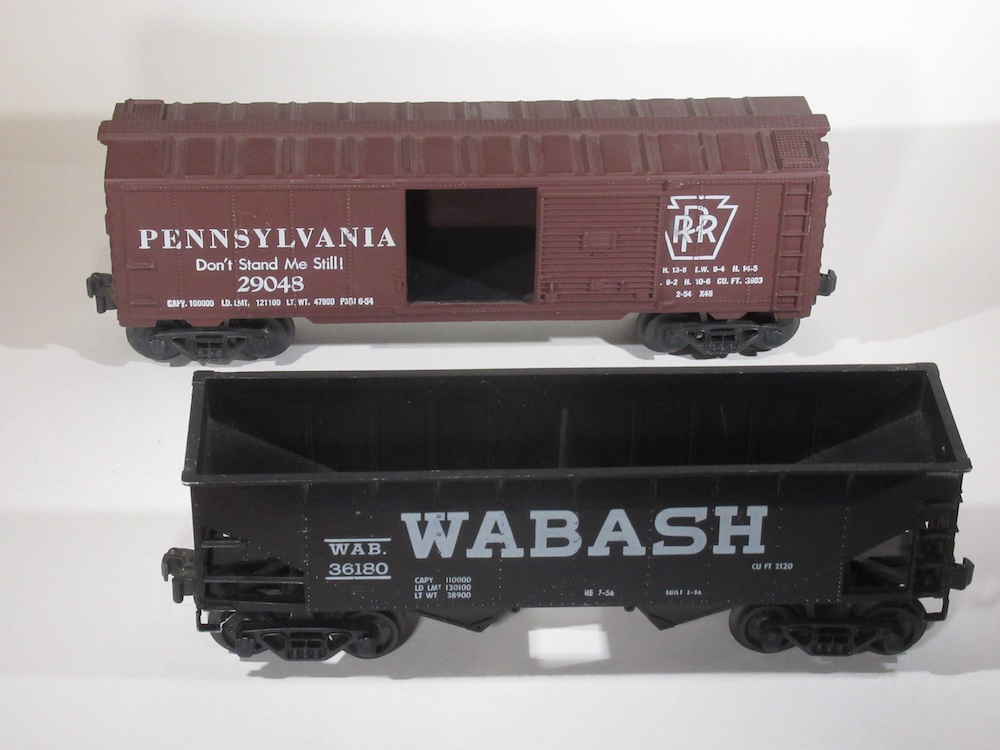
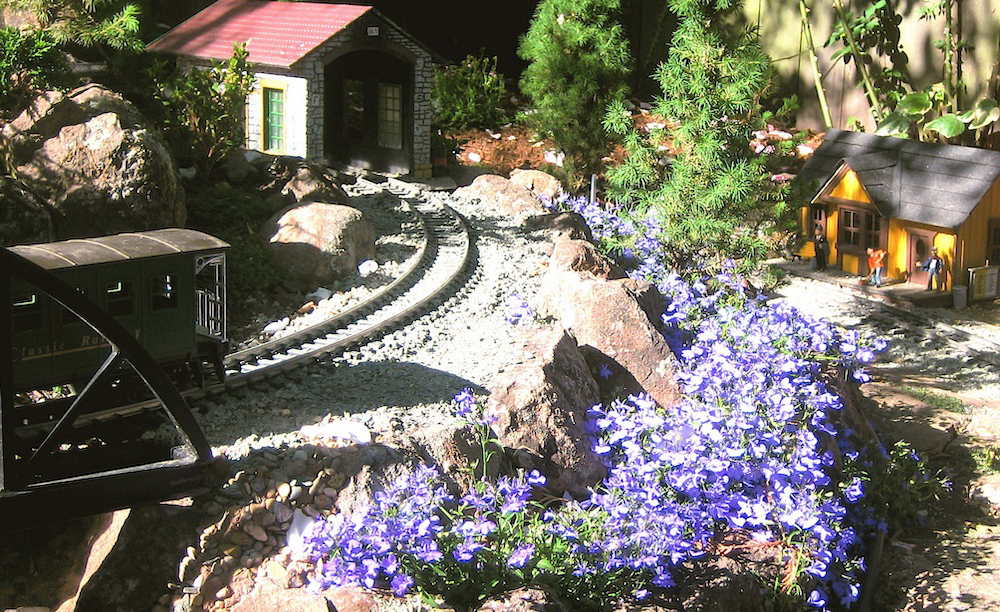
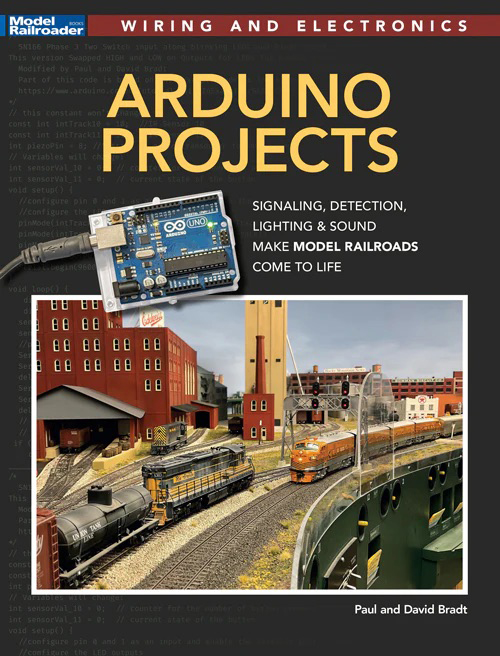
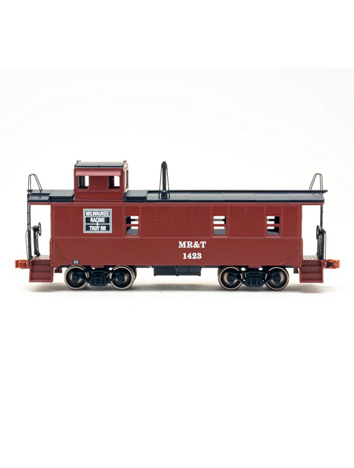
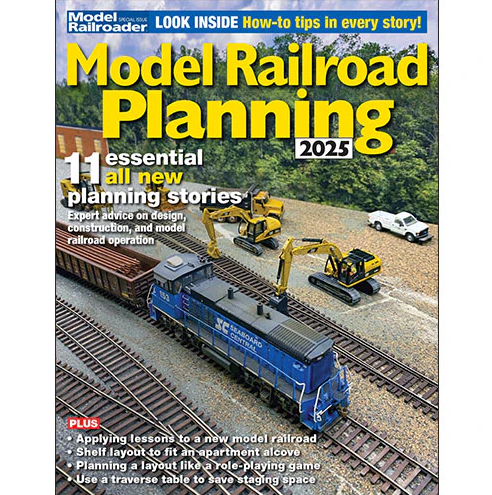
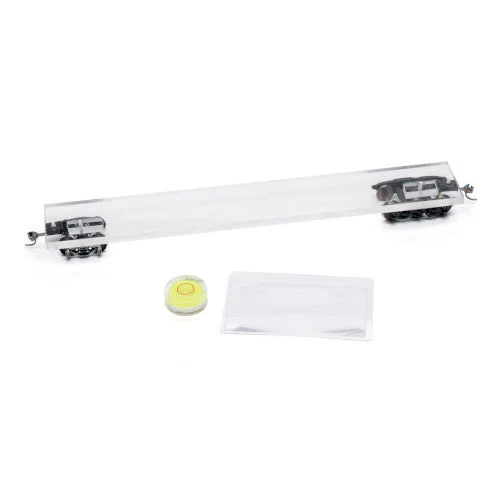
How about a method that doesn’t require an expensive speedometer? Such as setting up a specific distance and using a stopwatch to time the seconds for the distance, then converting to miles per hour?